Wildcat cartridges are an interesting and somewhat mysterious part of the firearms world.
However, that mystery means they can be confusing, especially for those new to firearms or reloading. If you have questions about these off-the-beaten-path cartridges, you’re in the right place.
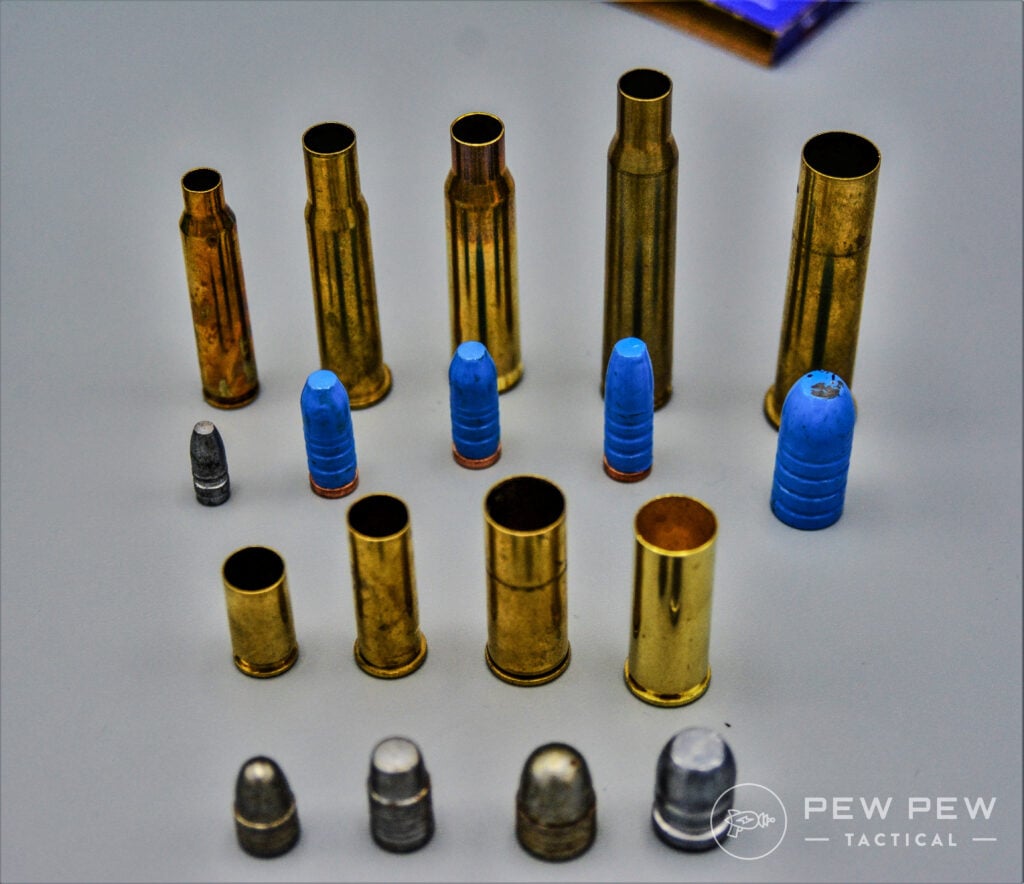
Today, we’re going to go over everything you need to know about wildcat cartridges. That includes where they come from, how they’re made, and more.
Then, to end things, we’re gonna talk a little bit about some wildcat cartridges that became so popular that major manufacturers picked them up. I bet some of them will surprise you.
Table of Contents
Loading…
What Exactly Are Wildcat Cartridges?
Short answer: wildcat cartridges are nonstandard, nonproduction cartridges manufactured by regular folks, not big industry names.
They’re not standardized by SAAMI (Sporting Arms and Ammunition Manufacturers’ Institute), the organization that standardizes ammunition for mass production.

Instead, they’re designed and manufactured on a small scale by individuals who typically modify existing cartridges.
Wildcat cartridge makers might share the specifications of their wildcat cartridge with others for them to produce, too. They may also sell them to others in small batches.
The important thing is that wildcat cartridges are not mass-produced.
Similarly, major firearms manufacturers aren’t making weapons that support wildcat cartridges.
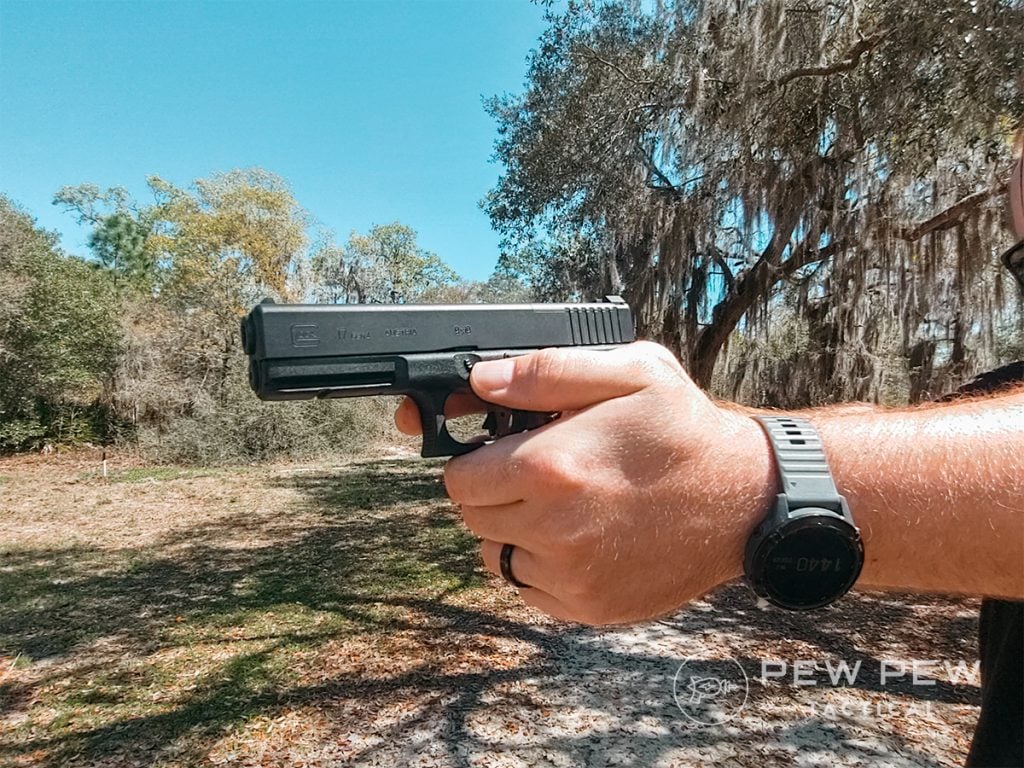
To get a gun chambered for a wildcat cartridge, you typically need to either have a gunsmith modify an existing firearm or make the modifications yourself.
Why Are Wildcat Cartridges Popular?
People, especially gun owners, tend to like to tinker.
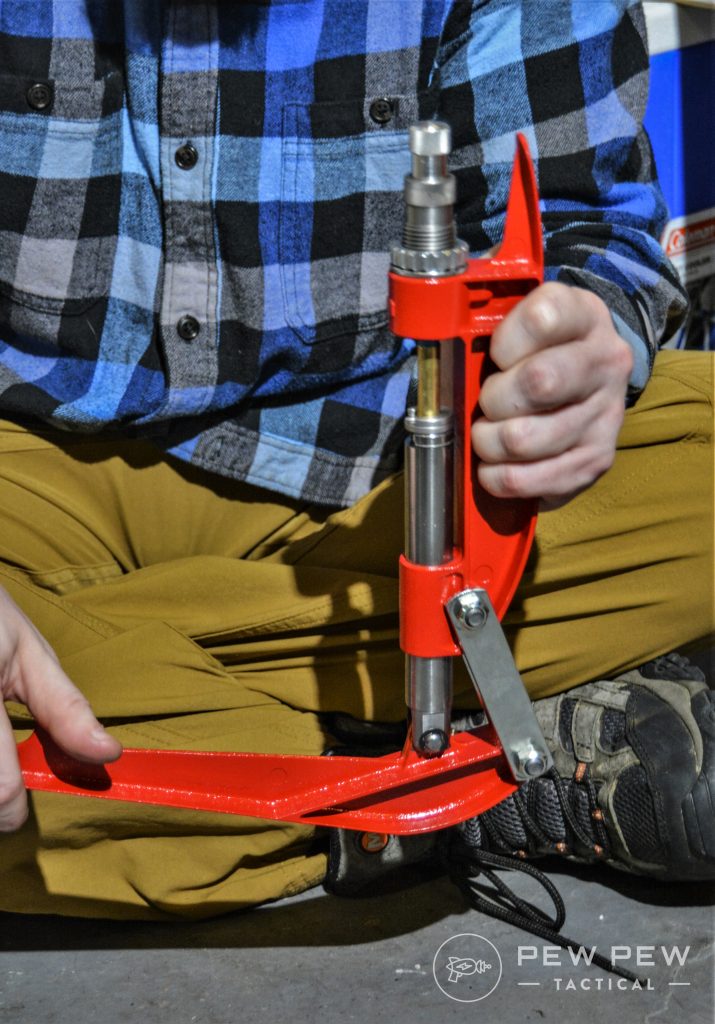
Customizing your ammunition allows you to create a cartridge that gives you exactly the performance you need.
People who create wildcat cartridges generally want a round for a specific purpose but find there’s not a round on the market that does exactly what they want.
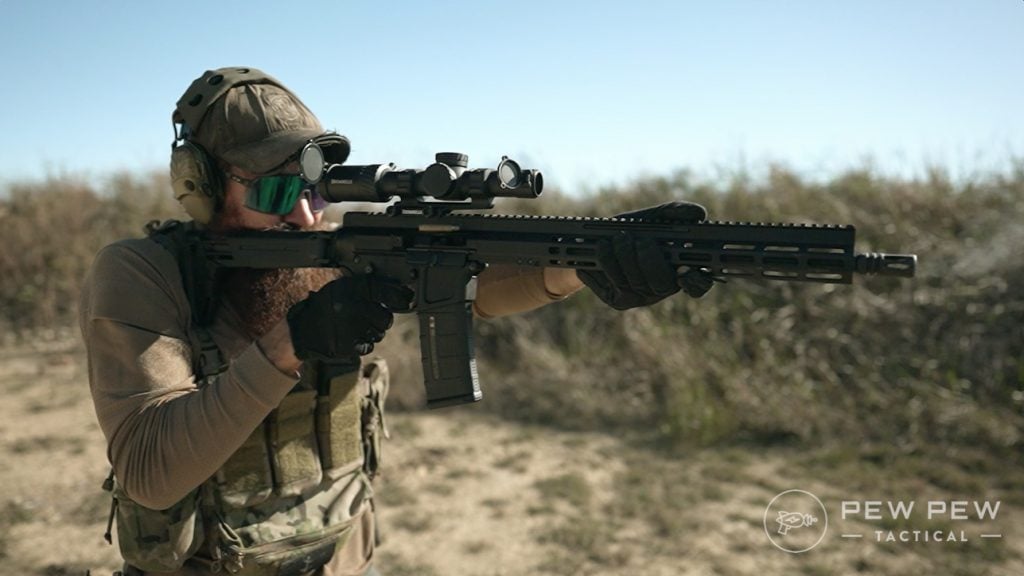
That, or they see a certain round as almost meeting their needs and want to change the caliber or increase a certain performance metric (velocity, ballistic coefficient, etc).
This is how we ended up with many popular cartridges today, like .243 Win.
Wildcatters also generally enjoy experimenting with ammunition and the process of designing new rounds.
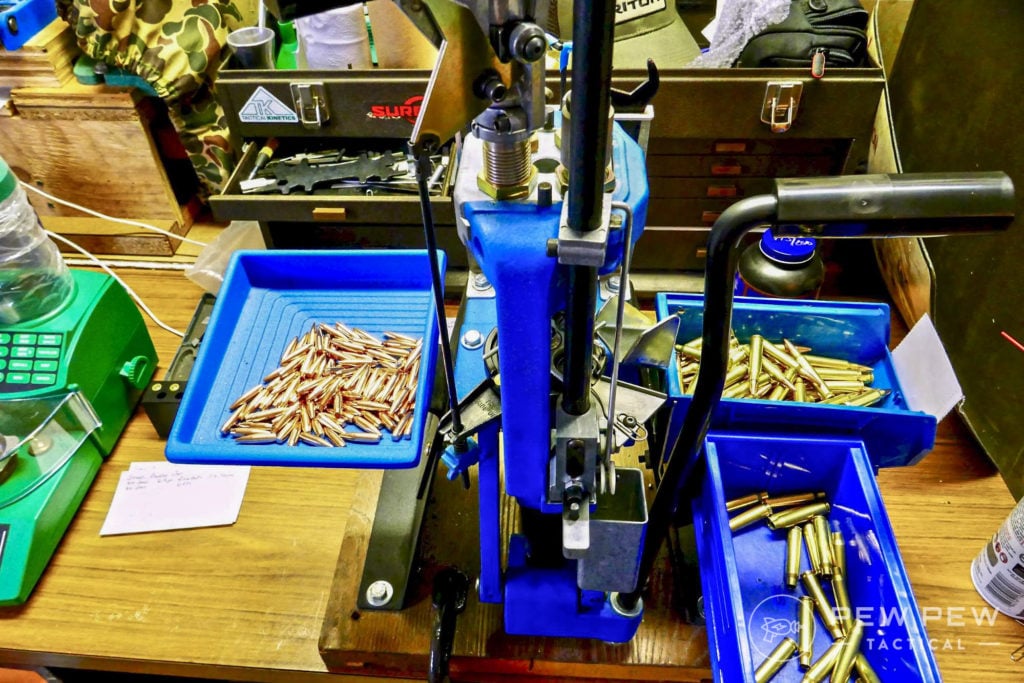
You can think of it like a home chef experimenting with flavors and modifying recipes to make their ideal version of a dish — something spicier, sweeter, or easier to make than what other people are already making.
Similarly, wildcat cartridge makers tend to enjoy experimenting with different combinations of specs and the process of actually assembling the rounds they design.
Most Popular Wildcat Cartridges
For a wildcat cartridge to become a truly standard cartridge, a major manufacturer has to decide they want to make it and sponsor it for SAAMI acceptance.
Remington and Winchester, in particular, tend to bring wildcat cartridges into the mass market.
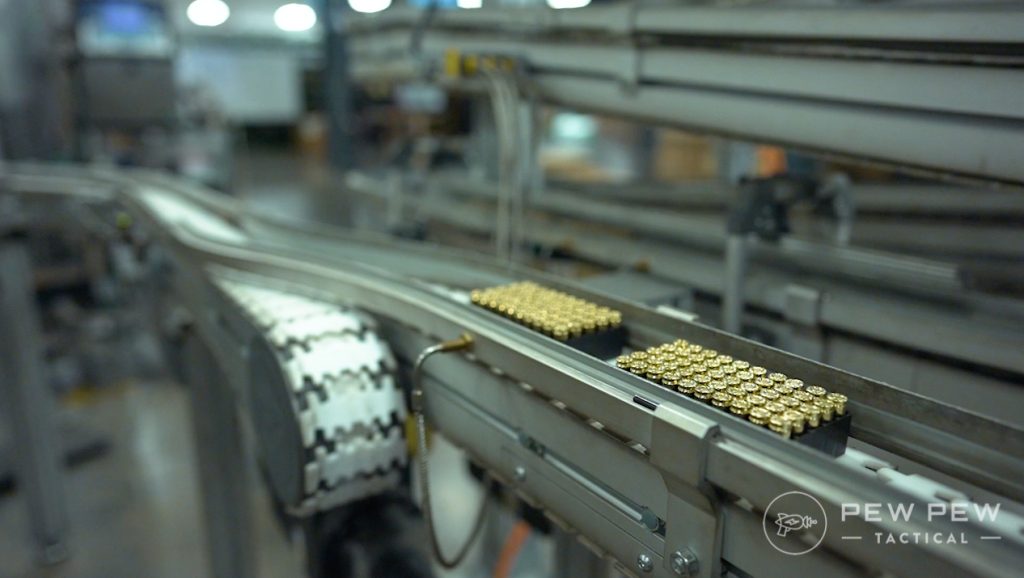
Let’s talk about a few of the most popular cartridges that have wildcat beginnings.
.22 Hornet
.22 Hornet is one of the best-known cartridges to go from wildcat to mass production.
Designed in the 1920s, it’s a centerfire rifle cartridge based on the .22 WCF, a black powder cartridge. Winchester officially accepted it in 1930, so this cartridge has been in use for almost a century.
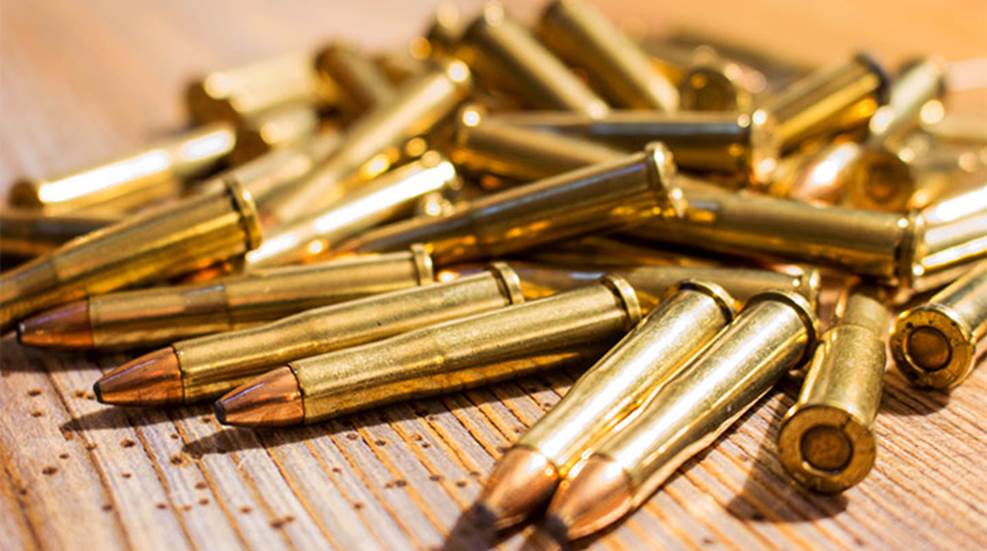
At the time, the appeal of the round was that it was more powerful than similarly sized rimfire rounds, like .22 WMR and .17 HMR. The centerfire design also had the added benefit of allowing shooters to reload.
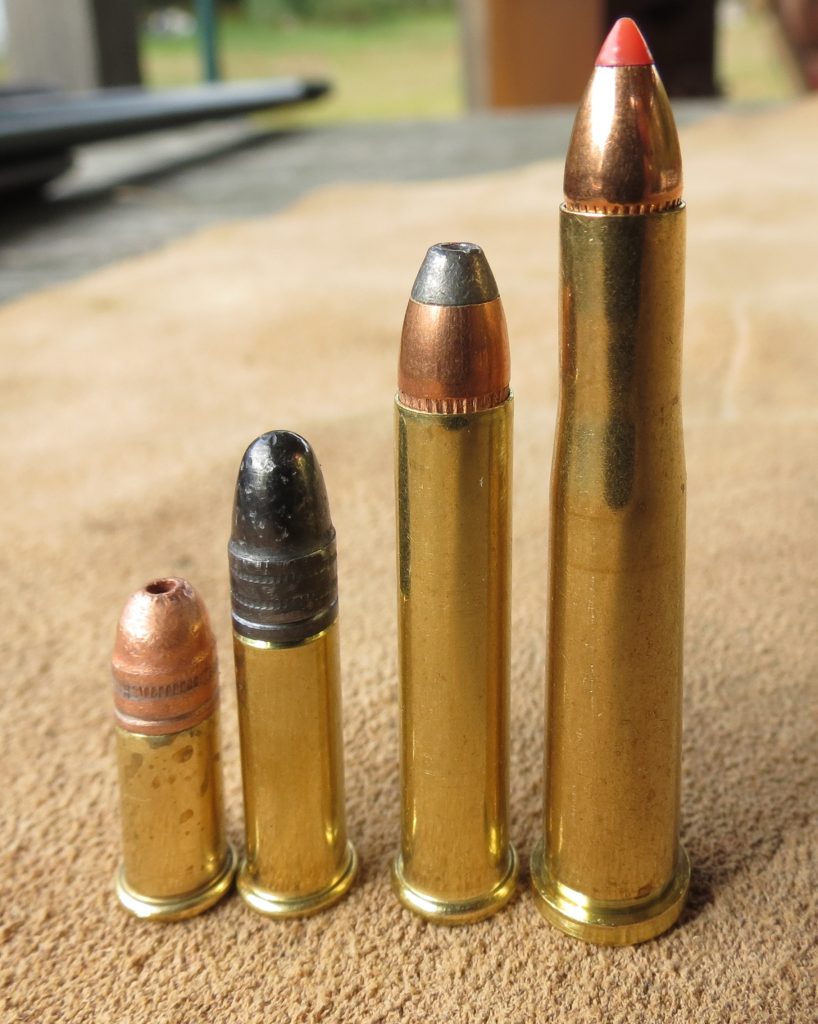
.22 Hornet is not as popular as it used to be, though, since newer cartridges have provided tough competition. Nevertheless, most big-name ammo manufacturers still make .22 Hornet rounds.
Shooters still use it the same way they always have for hunting varmints and small game. It’s still useful but with less noise and recoil than even .223 Remington.
7mm-08 Remington
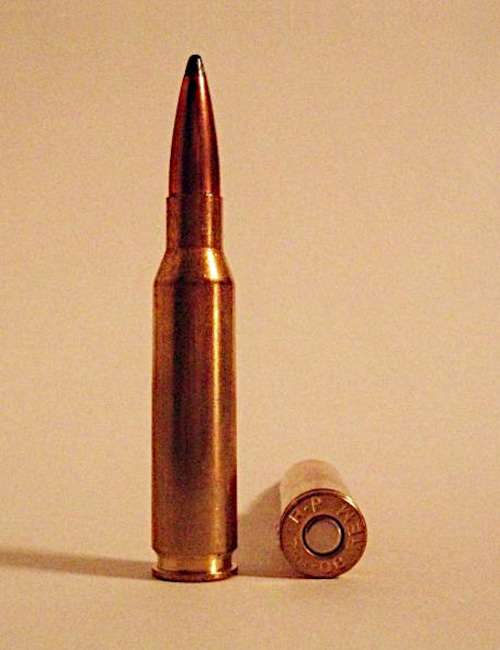
.30 caliber cartridges are some of the most popular in the U.S., so it’s no surprise that one of the most noteworthy wildcat cartridges is based on a .30 cal round.
7mm-08 Remington, officially introduced in 1980, is based on .308 Winchester. However, it’s necked down so it can use a .284 bullet. It also has a somewhat longer case.
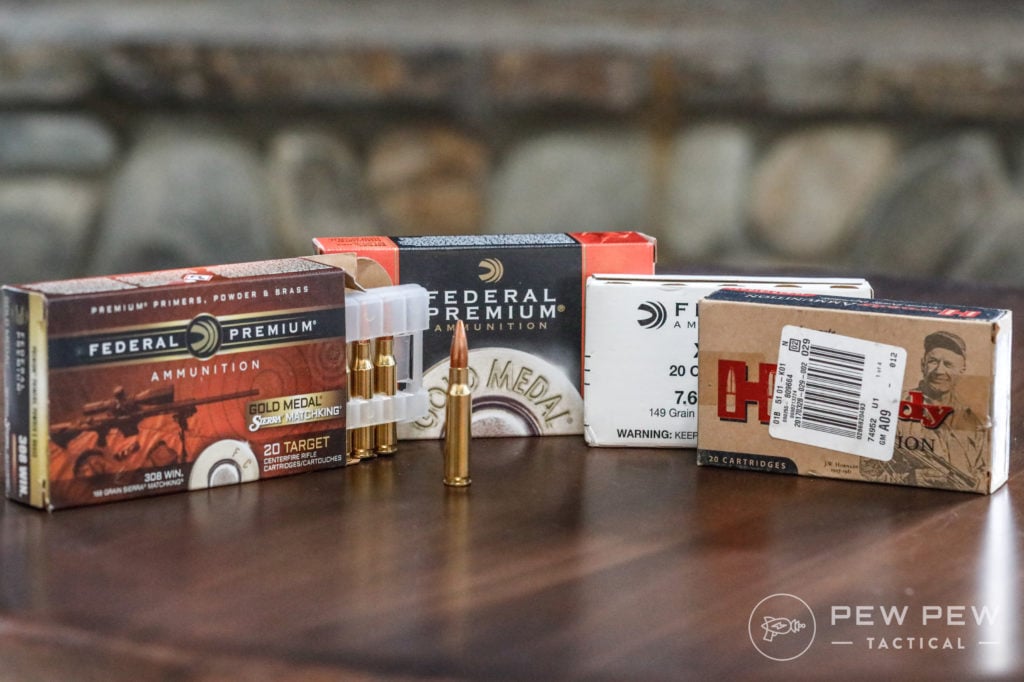
This former wildcat has better long-range ballistic performance than .308 Winchester, closer to 7×57 Mauser or .270 Winchester, and with lighter recoil than .308 too.
This combination makes 7mm-08 Remington great for hunting medium to large game in a wide variety of hunting conditions. It’s great from plains to forests, and for new and experienced shooters alike.
7mm-08 is still the second most popular cartridge based on .308 Winchester, after .243 Winchester. Speaking of which…
.243 Winchester
.243 Winchester is older than 7mm-08 Remington, having gone from wildcat to mass production in 1955.
Since then, it’s been one of the most popular deer hunting cartridges. In fact, by some estimates, it’s the second most popular hunting rifle round after .30-06, proving that former wildcats can end up as major cartridges.
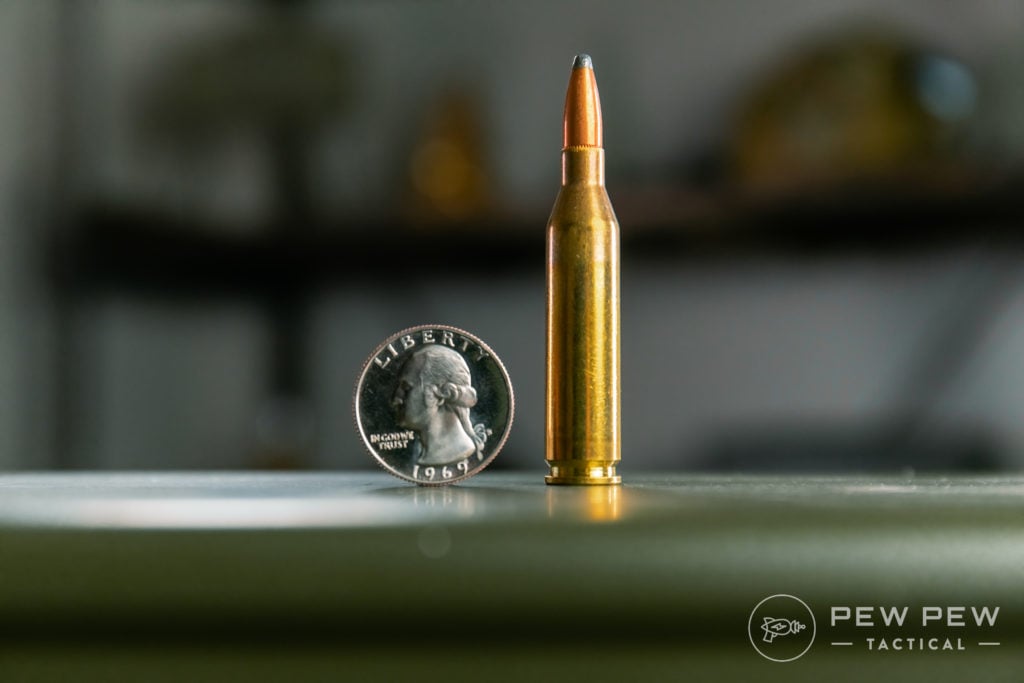
.243 Winchester is especially popular for whitetail, but some people use it for mule deer, blacktail, and pronghorn with heavier bullets. Rounds with lighter bullets can be used for varmint hunting.
Before using it for your hunts, however, you’ll want to check on its legality. The small caliber means that .243 isn’t legal for deer hunting in all states, particularly up north.
In addition to deer hunting, .243 Winchester is a popular choice for target and metallic silhouette shooting.
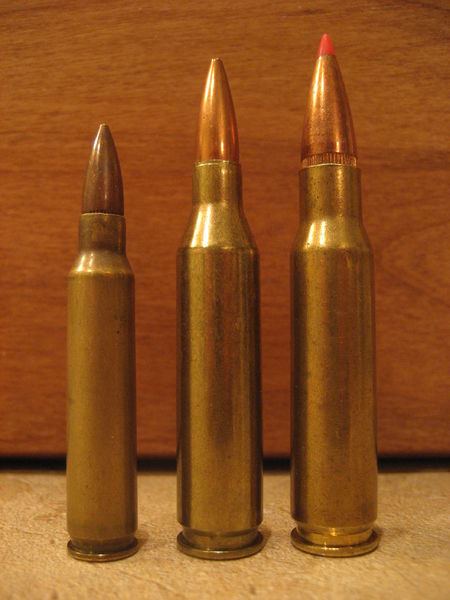
The reason that .243 is so well-loved is twofold. First, it has very low recoil, making it manageable for beginners and allowing them to get accurate terminal shots.
Second, its high velocity and ballistic coefficient make it accurate and reliable for taking down medium game at 300+ yards, and for target shooting much farther.
.25-06 Remington
.25-06 Remington is a .257 caliber round necked down from a .30 caliber, this time from .30-06. It was first made in 1920 by the owner of the Niedner Rifle Company, Adolph Otto Niedner.
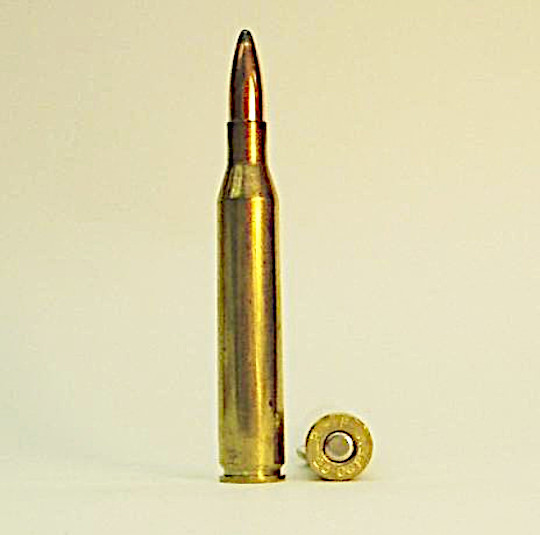
Niedner humbly called the round .25 Niedner to begin. The round stayed as a wildcat cartridge for 49 years before Remington standardized it and renamed it .25-06 Remington.
So what made Remington take the leap?
The introduction of slow-burning, smokeless powders. This innovation elevated the round’s performance enough for Remington to buy into .25-06’s commercial viability.
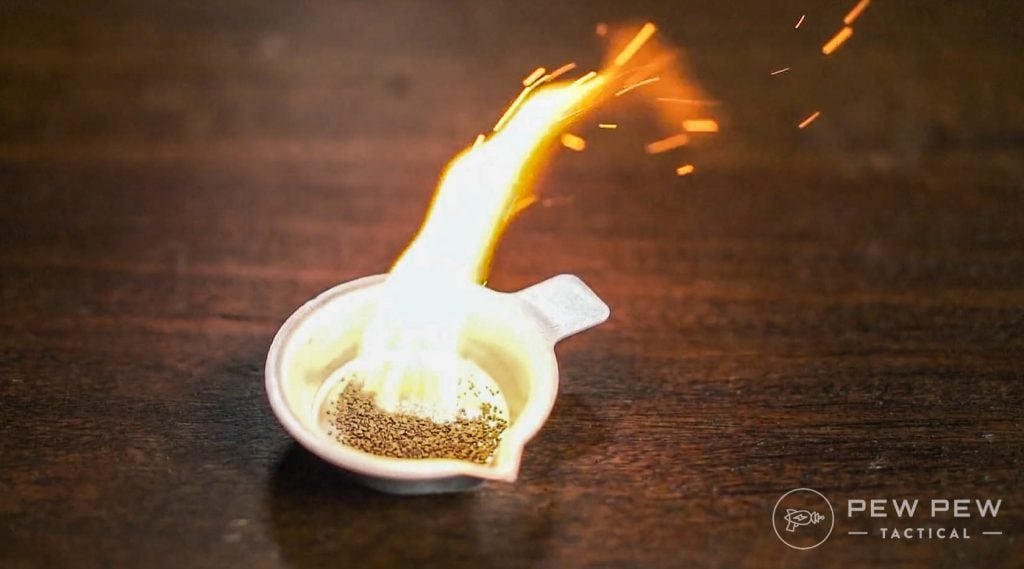
The result was a powerful round with relatively light recoil that’s suitable for a wide variety of game, from larger varmints to caribou and similarly sized deer, depending on the bullet weight.
However, the round is still not the most popular on the block, with shooters favoring .243 Winchester or .30-06 instead.
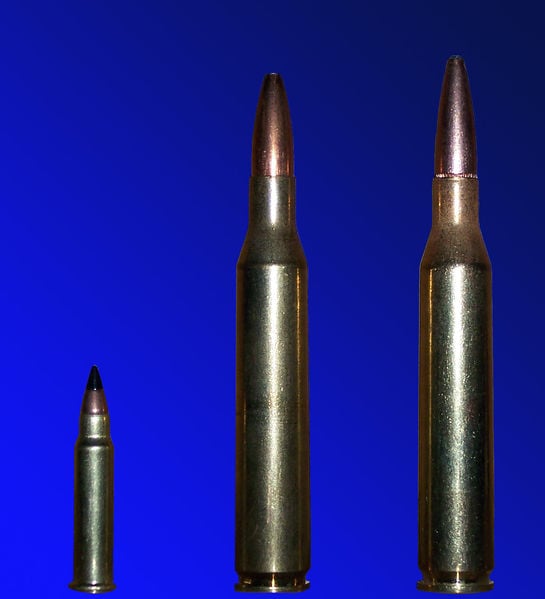
.458 Lott
The popularity of .30 caliber rounds means that you see a lot of wildcat cartridges made from them, but there are plenty of wildcatters working with other calibers too.
One example is .458 Lott.
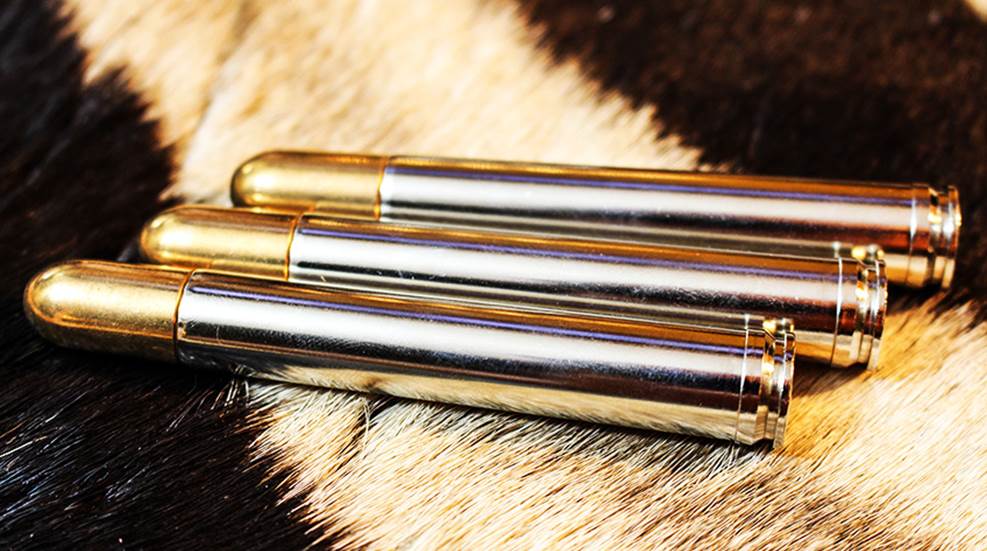
The .458 Lott is based on the .458 Winchester, which was developed in 1956 as a more affordable alternative to expensive English double-rifle cartridges. Soon after its development, it immediately became popular for hunting big and dangerous game in Africa.
That’s what Jack Lott, an American writer and big game hunter, was using it for in 1959 when a Cape Buffalo injured him.
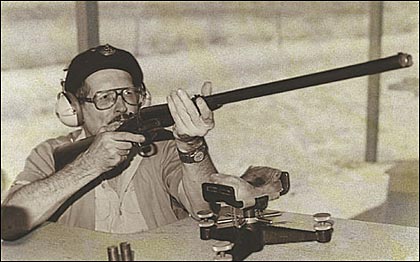
That encounter convinced Lott that the .458 Winchester was not powerful enough for Africa’s dangerous game, so he began searching for a more powerful big-bore cartridge to use instead.
He wasn’t satisfied with anything on the market so, necessity being the mother of invention and all, he made his own in 1971.
Lott took .375 H&H Magnum brass, necked it down for the .458 rounds he already liked, and thus an all-start big game round was born.
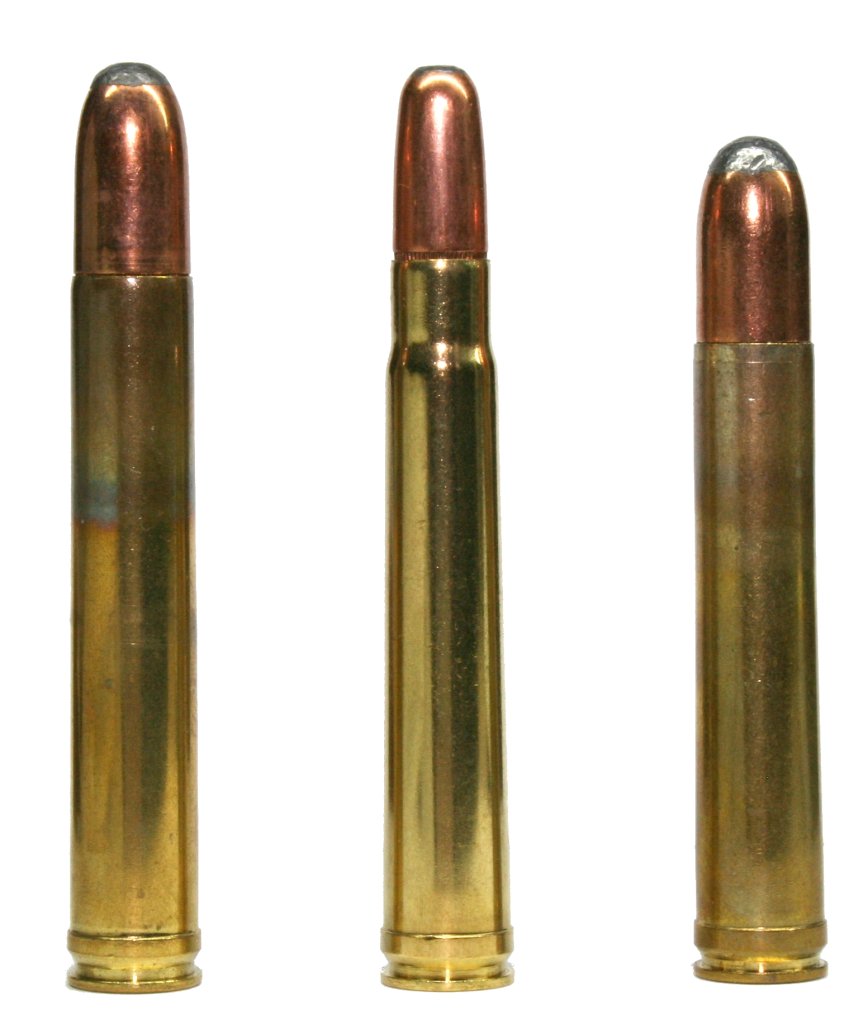
This resulted in a round that could compete with the English double-rifle cartridges in terms of power. At the same time, it could also undercut the price of those cartridges as well.
.458 Lott was first produced commercially in 1989 by A-Square, who also sponsored the round’s SAAMI standardization in 1995.
When Hornady jumped in with an even more affordable version, the new round took off. It’s still a popular choice among big and dangerous game hunters today.
Final Thoughts
Wildcat cartridges are a neat part of the firearms world that not a lot of people understand.
Hopefully, this brief look into their history and modern use has helped give you a better idea of what these interesting cartridges are all about.
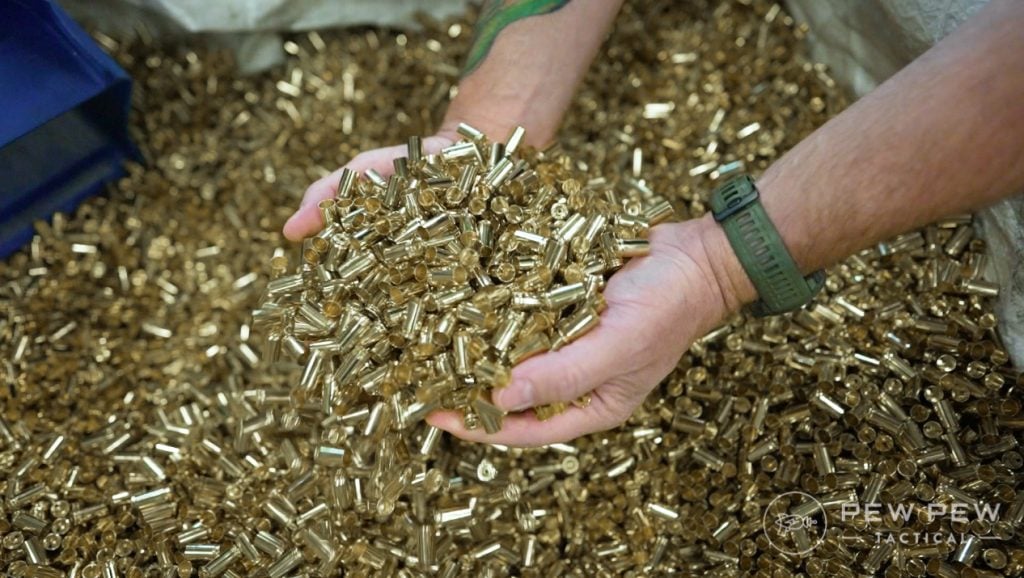
Is there a specific round you think we should cover? Let us know in the comments below! And for more interesting info on calibers you may not know about, check out our list of the top alternative AR-15 rounds on the market today.

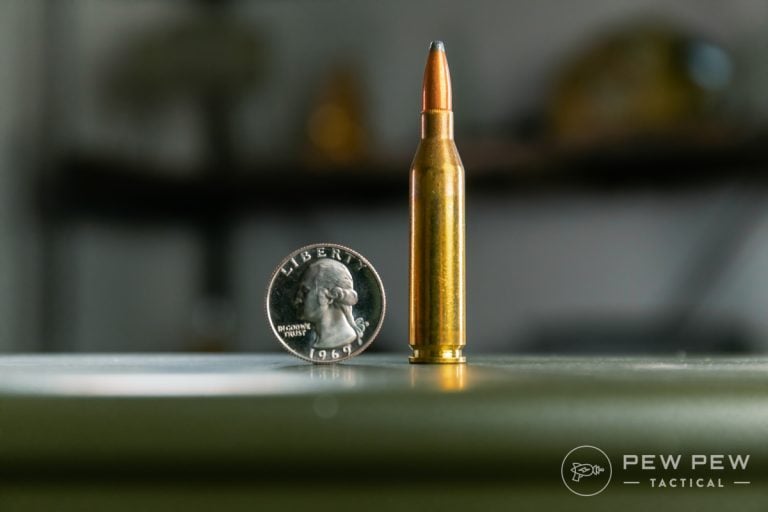
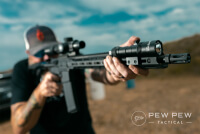






8 Leave a Reply
I'd love to see more info on .14 caliber guns.
Also, how come there are no handgun cartridges between .25 and .30 cal? Maybe an untapered .17 wsm would make a good .27 magnum. We're also overdue to get a .25 that's slightly longer than .25 acp and with higher pressures--so that it's actually useful.
Great article
There are 3 other .308 based rounds to consider:
.260 Remington, presented by A-Square as the 6.5-08. With a 1:8 twist it can out perform the 6.5 Creedmoor.
.338 Federal
.358 Winchester - you can plink with light load .357 158gr bullets or bear hunt with a 250gr bullet.
When I was younger, I wanted to develop a metric series of .308 based rounds, looks like 5mm and 8mm are what's left unless I missed 'em.
Also, the .270 Winchester is a necked down 30-06.
All variations on the military theme.
Modern wildcats are often based on military rounds or even invented by them - the .300 Blackout started out as the .30x"AR15" to skirt the 3 Gun rules in the 80s when Real Men Don't Use Poodleshooters was a thing. Once 3 gun accepted 5.56 it pretty much went back to the benchloaders and SSK developed it as a subsonic round known as the .300 Whisper. That got picked up much later during the Great AR15 Era post AWB when a silencer company owned by Big Remington wanted to churn the market.
Strangely enough, they had already put out the 6.8SPC, which despite a drawing error did very well ten years ago. It was designed by SF with a cash grant, the idea sent to AMU Benning for refinement, and they came up with a necked down .30 Remington unrimmed load which would fit in the magwell. It can and does put 50% more power downrange, and has been accepted in other nations as a standard cartridge.
Just between the 6.8 and .300 BO, the 6.5 Grendel came out by Alexander Arms, derived from the 6mm PPU, which is the AK brass of yesteryear. It got developed for long distance precision shooting and won trophies when it was put in the market as a commercial round and it too has seen a lot of success. Some think it can replace the .308 yet when Army finally moved back to a larger cartridge the 6.8x51 resulted.
Another early improvement to the M16's basic load was is the .458 SOCOM which can also fire from an AR15 magazine, along with .450 Bushmaster and .50 Beowulf. These all grew legs and those loadings made the shelf too, with the newer .375 SOCOM now generating traffic with ammo available online. They conform to a 38K psi standard and recover power pushing 200 grain and up bullets - up to 400+. The .375 can do it up to 2,600 fps with 200 grain bullets and reach out 300 meters with a flat trajectory before bullet drop becomes a factor - which is where its advancing as a deer cartridge. When you don't have to factor bullet drop and simply hold dead on for a hit, it's the better answer compared to the much larger 400's which barely range past 150 meters then suffer meters of drop.
If anything the wildcat market - save for the Creedmores - is focused on getting performance from the AR15, which is the fastest growing market segment in the industry. And it can't be ignored.
A very large portion of wildcat cartridges I've seen over the years are made to get around Midwest hunting laws. In many Midwest states you must use a straight walled cartridge for deer hunting, so I've seen a ton of different straight walled wildcats.
He necked down 375 H&H to take a .458 bullet. I may be a simple Florida Man but I don't thank that math works out.
It is based on the full length .375 H&H Magnum case blown out and shortened to 2.800 inches
Yes. But diameter was increased, not decreased. Therefore necked up not down.